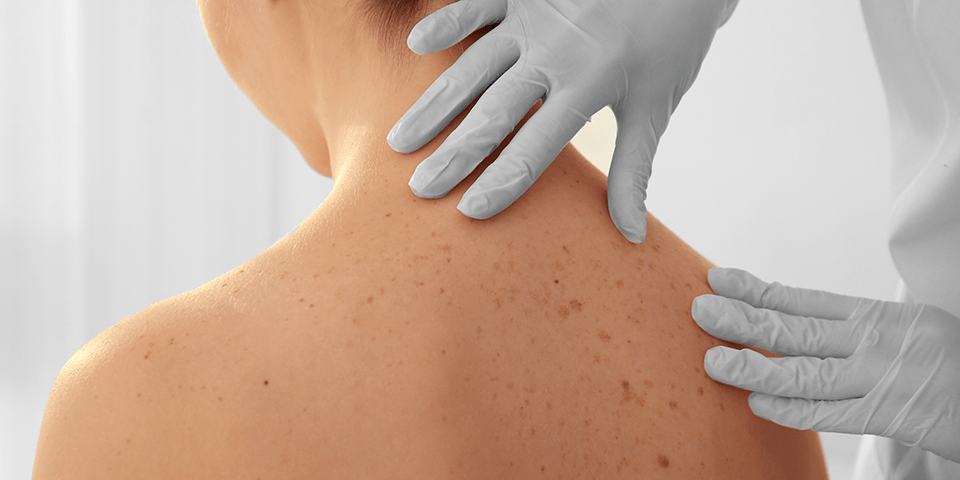Australians with keratinocyte (non-melanoma) skin cancers will benefit from the release of new clinical guidelines launched this week, providing the latest advice on prevention, diagnosis and treatment.
The long awaited new `Clinical practice guidelines for keratinocyte cancer (basal cell carcinoma and cutaneous squamous cell carcinoma)’ commissioned by the federal government’s Department of Health has been published online by Cancer Council Australia and endorsed by the National Health and Medical Research Council.
Keratinocyte skin cancers, including basal cell carcinoma (BCC) and cutaneous squamous cell carcinoma (SCC), are the most common cancers in Australia, causing an estimated 939,000 treatments each year and 560 deaths. Two in three Australians will be diagnosed with some form of skin cancer (including both melanoma or keratinocyte skin cancer) by the age of 70.
Professor Stephen Shumack, Chair of the Guidelines Working Group, says this is the first update to the guidelines since 2008 and is designed to summarise the latest evidence for both doctors and specialists.
“All general practitioners across Australia have a role to play in identifying and treating these common cancers in their day-to-day practice,” he said. “It’s vital they are up to date with the latest procedures and processes to treat these cancers effectively, as well as guidance on when to refer to a specialist.”
The new recommendations in the publication include: advice on skin cancer prevention; early detection advice for those at higher risk; advice on immunotherapy to treat metastatic disease with advanced SCCs; when and how to use radiotherapy instead of surgery; latest radiotherapy technologies; advice for patients at very high risk; use of cryotherapy (which is no longer recommended for BCCs at high risk facial sites); topical treatments and photodynamic therapy; considerations for out-of-pocket costs for patients.








